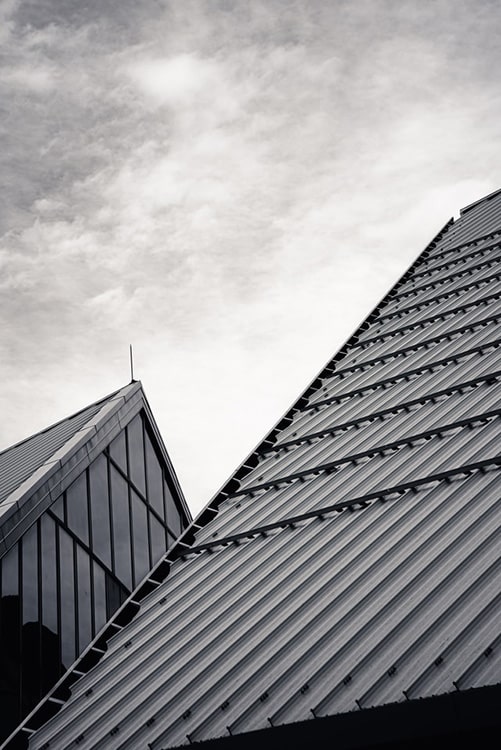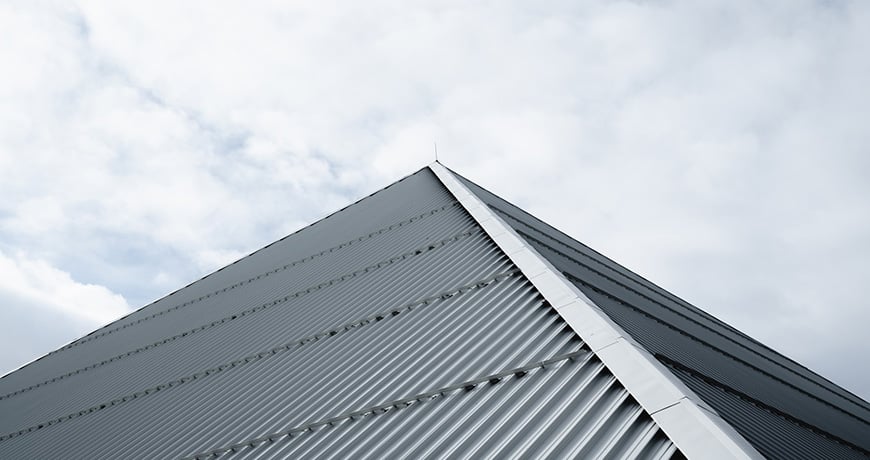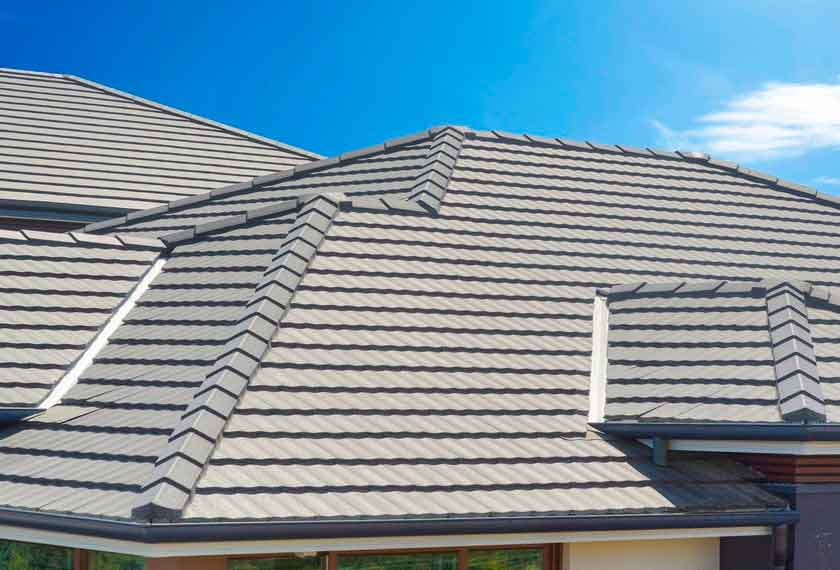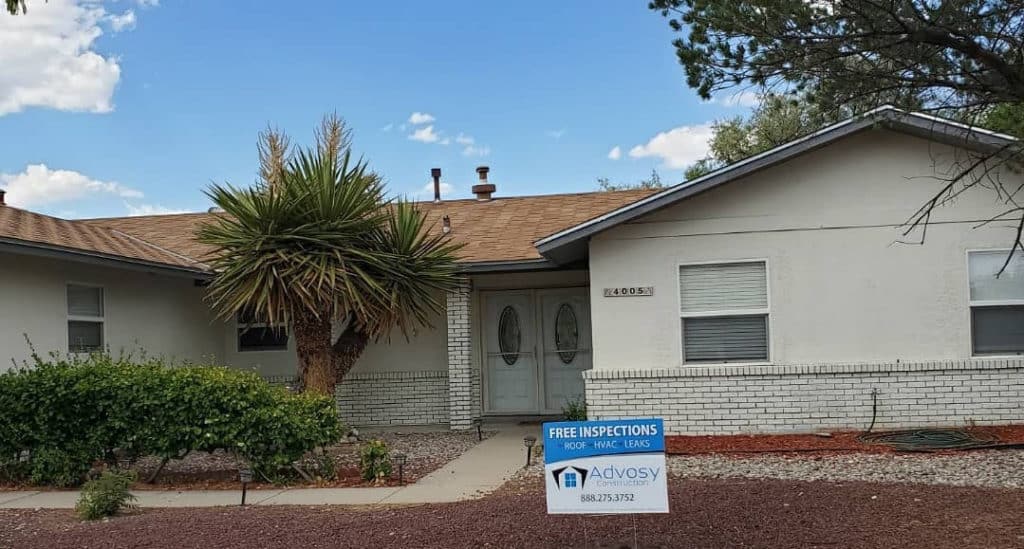Rooftops are a critical element of any building, and the pitch at which they are constructed can have a significant impact on their efficiency and durability. This article will focus on how roof pitch affects Mesa roofs in particular, exploring how variables such as slope angle play into the overall performance of this type of roofing system. Additionally, it will analyze the key components that must be taken into consideration when selecting a roof pitch for a Mesa roof to ensure maximum protection from weather conditions while optimizing energy savings. By examining these elements in detail, readers gain insights into making an informed decision regarding their own rooftop installation needs.
How Roof Pitch Affects Efficiency
Roof pitch has a direct effect on the efficiency of mesa roofs. A steeply-pitched roof, also known as a high slope, is less likely to collect snow and debris than a low-slope or flat roof by allowing rainwater and melting ice to run off quickly. With more water running off faster, there is less chance of pooling which can cause leaks in lower pitched roofs. The steeper angle of the higher pitched roof allows for greater air flow underneath it, reducing heat loss from the building’s interior during winter months thus improving energy efficiency.
In addition to affecting energy efficiency, roof pitch affects durability as well. Low-sloped roofs are subject to damage due to increased exposure time with sun and weather elements such as hail and sleet over longer periods of time compared to steeper sloped roofs that have shorter exposures due to their ability to shed moisture quicker. Pools of standing water caused by improper drainage on low slopes can lead to ponding which will deteriorate asphalt shingle material leading to costly repairs or replacement costs while maintaining a steeply-pitched roof may help reduce those costs associated with maintenance or repair down the road.
The Benefits Of High-Pitched Roofs
The impact of roof pitch on the efficiency and durability of mesa roofs is a topic worthy of exploration. Many homeowners consider the slope, or pitch, of their mesa roof when deciding which material to use and whether additional insulation may be necessary. A higher pitched roof can have many benefits that should not be overlooked when making this important decision.
High-pitched roofs are beneficial in terms of energy efficiency. They allow air to circulate beneath them more easily than lower pitched options, reducing heat loss through convection currents caused by cold outside air passing over the hot surface below. Additionally, high-pitched roofs typically offer more space for adding extra layers of insulation, further increasing their efficiency rating. Higher pitched roofs also do an excellent job at shedding snow and rain water quickly, preventing moisture buildup around eaves and shingles that could lead to costly repairs due to ice damming or mold growths. Furthermore, these steeper slopes are better able to withstand strong winds as well as large amounts of accumulated snowfall during winter months. All things considered, it appears that opting for a higher pitched roof offers several advantages over low sloped alternatives in terms of both energy efficiency and overall durability.
The Benefits Of Low-Pitched Roofs
Low-pitched roofs provide many advantages to mesa roofing systems. Generally, they are less expensive and simpler to construct than high-pitched solutions due to the lower materials usage required. This can make them a more attractive option for those seeking an economical solution that reduces construction costs. Furthermore, low-pitched roofs require much less maintenance compared with higher pitched alternatives as there is less surface area exposed to elements such as wind or snow which could damage it over time. Additionally, this makes them a good choice for areas prone to extreme weather conditions.
In terms of energy efficiency, low-pitch designs also have their benefits. The shallow angle of the slope allows air circulation under the eaves and in the attic space, promoting better insulation retention without any need for additional modification or materials. In comparison with standard flat roofs, these designs allow greater access to natural light as well as improved thermal comfort during hot summer days by allowing heat from direct sunlight outside of the building instead of trapping it inside like steeper slopes may do.
How Roof Pitch Impacts Durability
Mesa roofs are a popular choice for many homes due to their simplicity and cost-effectiveness. However, it is important to consider the pitch of these roofs when looking at efficiency and durability. This article will discuss how roof pitch impacts the durability of mesa roofs.
The angle of the roof (the pitch) affects its ability to shed water effectively. When building a mesa roof, choosing an appropriate slope ensures that rainwater does not pool on top but rather slides off quickly into gutters or downspouts. Additionally, low-pitched roofs tend to be more durable than steeper ones as they are less likely to suffer from damage caused by snow and ice build up during winter months; this can cause shingles to crack or become loose leading to leaks in the home over time. Furthermore, lower pitched roofs require fewer materials than steep pitched ones; therefore, they often have lower installation costs which helps with overall budget concerns.
In summary, understanding how roof pitch affects both the efficiency and durability of mesa roofs is essential when deciding what kind of roof best suits one’s needs. Low-pitched designs offer numerous benefits such as better water shedding abilities and reduced risk of damage from weather conditions while also providing cheaper construction costs compared to higher sloped styles.
Factors To Consider When Choosing A Roof Pitch
The choice of roof pitch plays a crucial role in the efficiency and durability of mesa roofs. When selecting a suitable pitch, there are several factors that must be taken into account. Firstly, it is important to consider local building codes. Depending on the jurisdiction, different minimum pitches may be required for certain types of construction projects.
Secondly, the climate can affect the selection; roofs with higher slopes may better withstand extreme weather conditions such as heavy snowfall or strong winds. Thirdly, aesthetics should also be taken into consideration since roof pitch affects the overall look of a house or structure. Finally, budgetary constraints will play a role in determining which type of roof is best suited for any given project.
When choosing an appropriate roof pitch, homeowners should bear in mind four key elements: cost-effectiveness, compliance with local regulations, resistance to climatic conditions and aesthetic appeal. The ability to balance these considerations when making decisions about roof design and installation can ensure maximum efficiency and durability over time. It is important to review each factor carefully before deciding on a specific angle for your mesa roof and consulting an experienced professional can help make sure that all necessary requirements are met while still achieving desired results.
Potential Issues With Roof Pitch
The impact of roof pitch on the efficiency and durability of mesa roofs is an important factor to consider when constructing a new structure. When choosing a suitable pitch for any particular building, there are various factors that must be taken into account. However, it is equally important to be aware of potential issues with roof pitch that can arise during the construction process or over time as the environment changes and weather conditions affect the structure.
One issue associated with roof pitch relates to drainage; steeper pitches allow water runoff more readily but also require more materials in order to construct them adequately. Additionally, flat roofs may not provide enough protection against snow buildup, wind damage, and other forms of wear and tear from extreme weather conditions. Moreover, if proper maintenance is not carried out frequently enough, moss and algae growth can occur on shingled surfaces leading to structural deterioration.
Maintenance Tips For Mesa Roofs With Different Pitches
Mesa roofs are popular in many regions as they provide protection from the elements while also being aesthetically pleasing. However, their efficiency and durability can be affected by roof pitch. In this section, maintenance tips for mesa roofs with different pitches will be discussed.
The first consideration is the steepness of the slope. For a steeper slope, such as eight to twelve inches per foot, more frequent maintenance may be required due to increased exposure to wind-driven rain and snowfall. Gutters should be installed at the eaves of these slopes so that water doesn’t accumulate on them or cause structural damage over time. Homeowners should ensure that any vegetation or debris near these slopes is kept away from them as well since it could interfere with proper drainage.
For gentler slopes between two inches and five inches per foot, less regular maintenance is needed but homeowners must take care not to let moss build up over time since this can create weak spots on the roof which might eventually lead to deterioration or collapse if left unchecked. Moss removal products and solutions exist which can help maintain a safe environment for mesa roofs with these lower pitched slopes. Additionally, inspectrical wiring and ventilation systems regularly to make sure they remain fully functional throughout all seasons.





